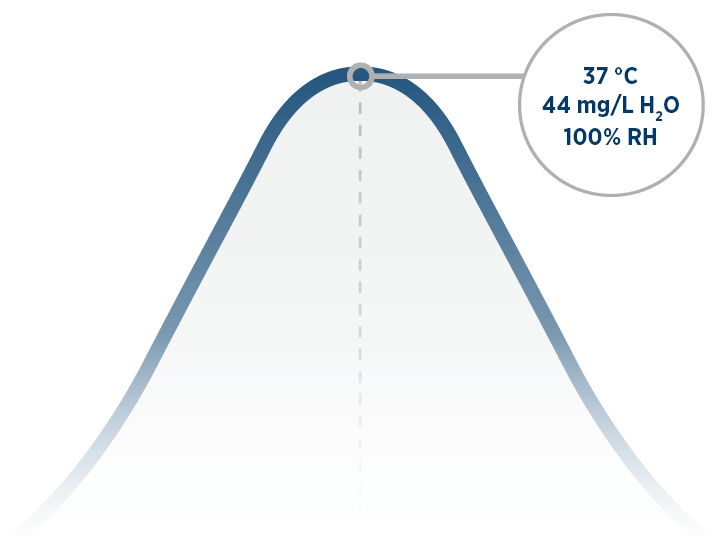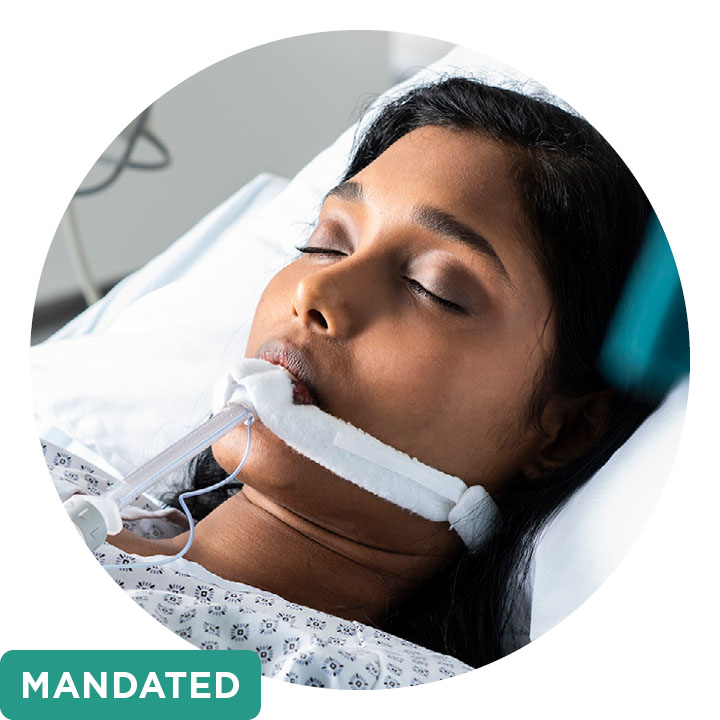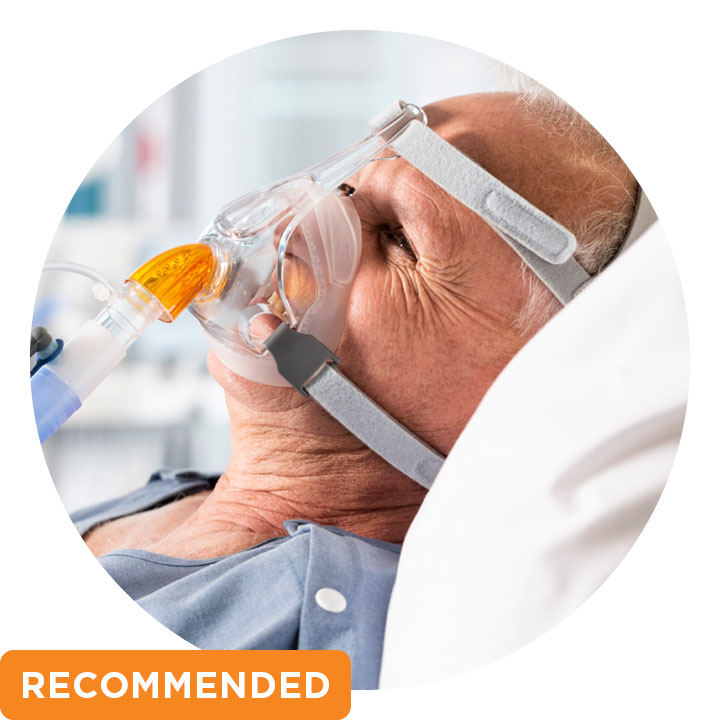Humidity for the care continuum
Humidification is a key component across the respiratory care continuum, with heated humidifiers supporting a wide range of patient populations and indications.
Of particular importance, humidification has been shown to assist the function of the mucociliary transport system and is key in supporting physiological balance.1
For neonates and infants, the respiratory care continuum includes T-piece resuscitation.



